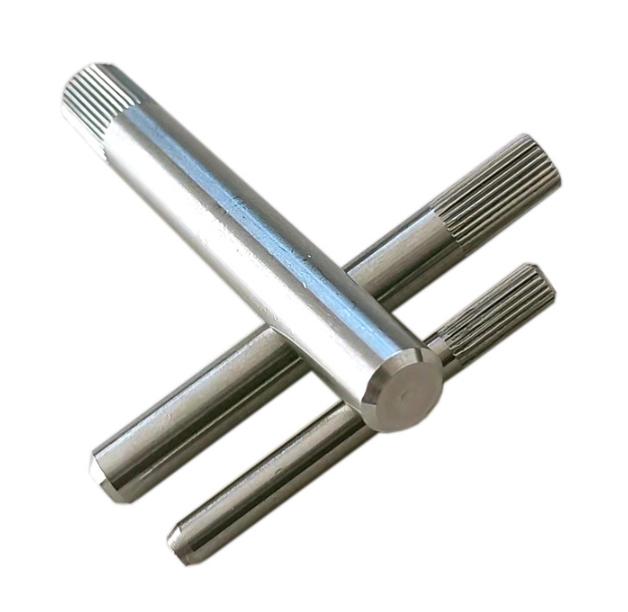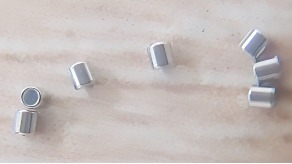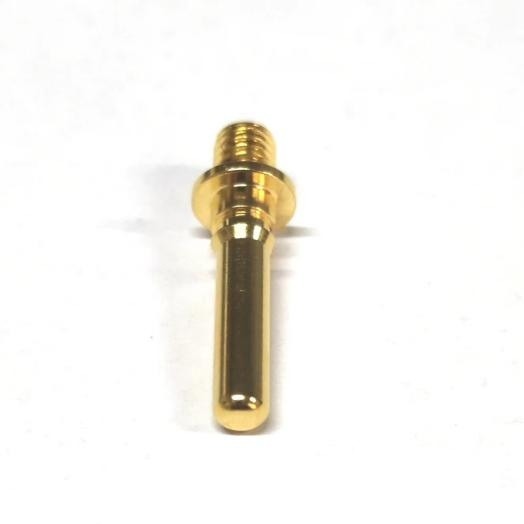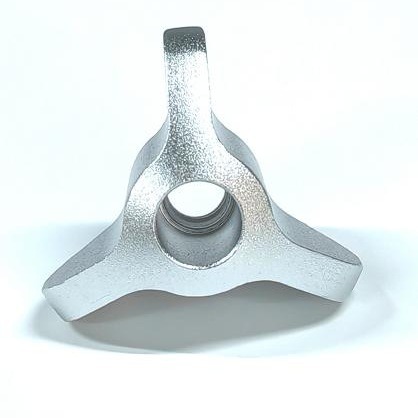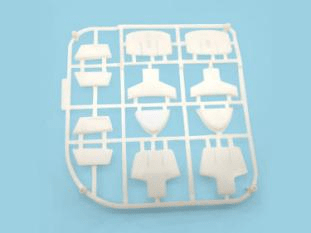Learn About Anodizing, Electroplating, and Electroless Plating in the Surface Treatment Process of CNC Machining
This article will briefly introduce several surface treatment methods for CNC machining hardware, including anodizing, electroplating, and electroless plating, and introduce the difference between electroplating and electroless plating.
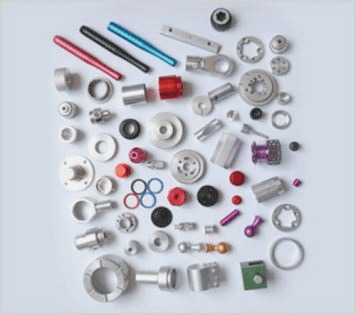
Anodizing
Manufacturers will use oxidation treatment when producing hardware products (mainly aluminum parts). The main purpose is to harden the surface of hardware products and not easy to wear.
Anodizing of aluminum is an electrolytic oxidation process. During this process, the surface of aluminum and aluminum alloys is usually transformed into an oxide film that has protective, decorative, and other functional properties.
What is the Principle of Anodizing?
A metal or alloy product is used as an anode, and an oxide film is formed on the surface by electrolysis.
For example aluminum anodizing:
1. Place aluminum and its alloys in the corresponding electrolyte (such as sulfuric acid, chromic acid, oxalic acid, etc.) as an anode. Of these acids, the most widespread is anodizing with sulfuric acid.
2. Then electrolysis is carried out under specific conditions and the action of an applied current.
3. The aluminum of the anode or its alloy is oxidized, and a thin layer of aluminum oxide is formed on the surface. Its thickness is 5-30 microns, and the hard anodized film can reach 25-150 microns.
Anodized aluminum or its alloys have improved hardness, wear resistance, heat resistance, insulation, and enhanced corrosion resistance.
Metal Plating
Electroplating is the most commonly used process in metalworking. The surface of the hardware is electroplated to improve the durability, corrosion resistance, and appearance of the product. Common electroplating products include screws, stamping parts, battery chips, auto parts, small accessories, etc.
What is the Principle of Metal Plating?
Electroplating is the process of plating a thin layer of other metals or alloys on certain metal surfaces using the principle of electrolysis. It can prevent metal oxidation, improve corrosion resistance, wear resistance, and electrical conductivity, and enhance aesthetics.
1. During electroplating, the plated metal or other insoluble material is used as the anode, and the workpiece to be plated is used as the cathode.
2. Then the cations of the coating metal are reduced on the surface of the workpiece to be plated to form a coating.
Note: In order to exclude the interference of other cations and make the coating uniform and firm, a solution containing the metal cations of the coating should be used as the plating solution.
Electroless Plating
Electroless plating involves applying a uniform layer of metal to a substrate without the need for an electrical charge. Electroless plating technology is the deposition process of metal through a controllable redox reaction under the catalysis of metal. At present, chemical plating technology has been widely used in electronics, machinery, petrochemical, valve manufacturing, automotive, aerospace, and other industries.
Nickel is often used for this process because it provides a uniform thickness on the substrate, even on irregularly shaped objects.
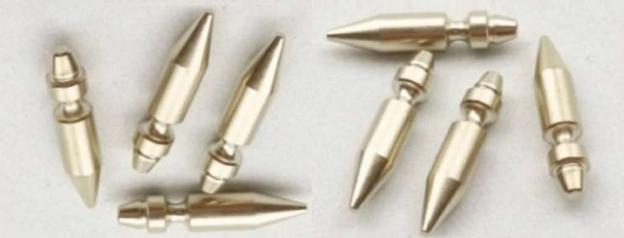
What is the Role of Electroless Plating?
1. In terms of protective performance, it can improve the corrosion resistance and service life of the product.
2. In terms of functionality, it can improve the wear resistance, electrical conductivity, lubricating performance, and other special functions of the workpiece.
What is the Principle of Electroless Plating?
The principle of electroless plating technology: electroless plating is based on the principle of a redox reaction, using a strong reducing agent in a solution containing metal ions to reduce metal ions into metals and deposit them on the surface of various materials to form dense coatings.
What is the Difference Between Electroless Plating and Electroplating?
1. Compared with electroplating, electroless plating technology does not require DC power equipment, can deposit on non-conductors, and has small pinholes.
2. Electroless plating is a new type of metal surface treatment technology. The chemical plating process is simple, energy saving, environmental protection, low cost, less technical waste liquid discharge, and less environmental pollution.
3. Electroless plating is widely used, with uniform coating and good decoration. It has gradually replaced electroplating in many fields and has become an environmentally friendly surface treatment process.
As a hardware manufacturer, KENENG is able to provide CNC machining services. In addition to manufacturing the original standard-size hardware, we can also customize products according to your specific needs. If you want to know more, please don’t hesitate to contact us.

